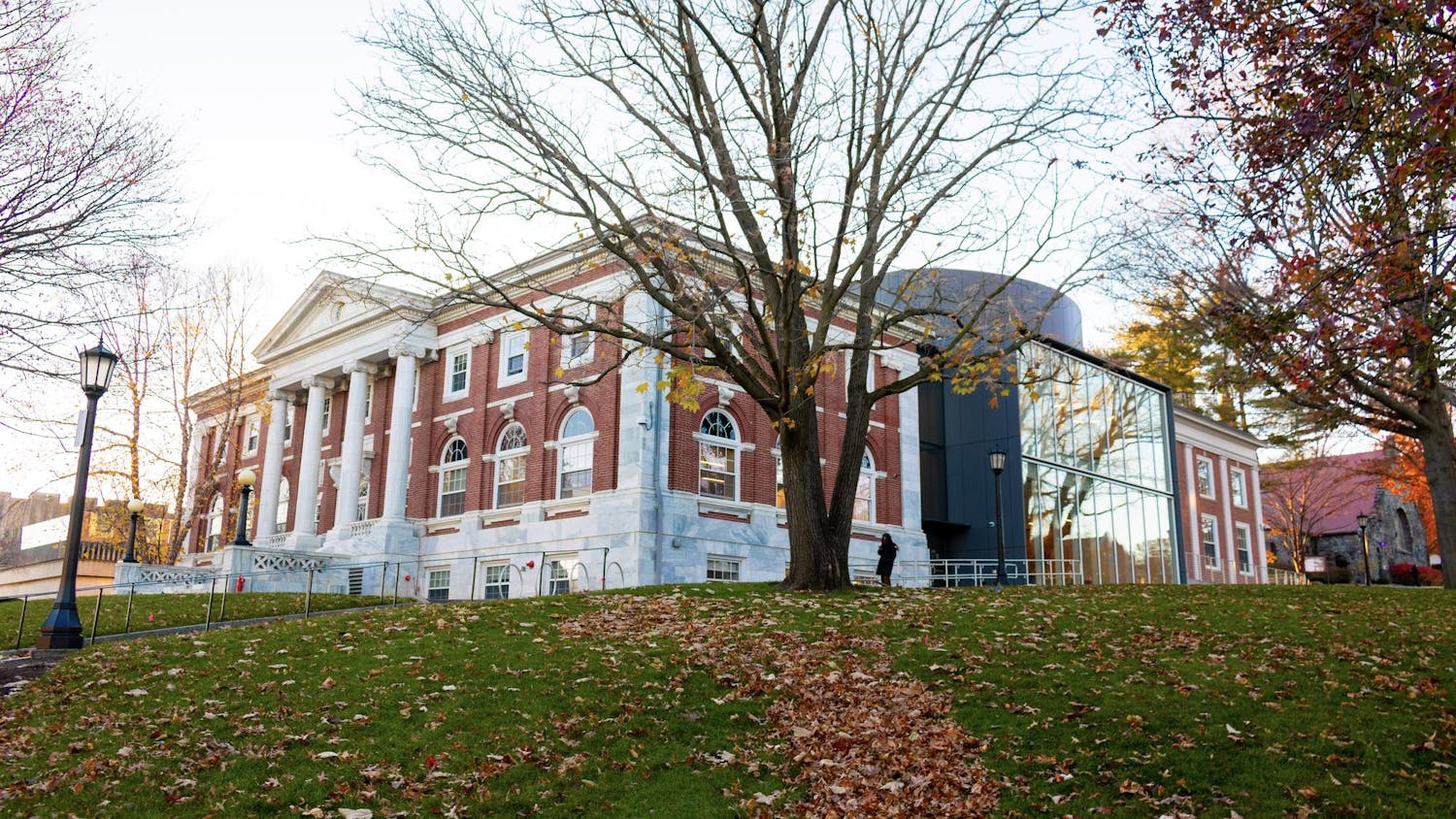With the addition of Disney’s 1928 short “Steamboat Willie” into the public domain, discussions surrounding copyright law have once again become relevant. A large point of debate is over the necessity of restrictions on the public domain. Admittedly, it feels strange to see the 1928 version of Mickey Mouse as the main antagonist for a horror game, or the entire Steamboat Willie cartoon uploaded to YouTube for free. However, the importance of the public domain cannot be understated and current copyright laws are far too strict.
Currently, creative works made by companies enter the public domain 95 years after their first publication. Works by individuals will enter 70 years after the individual’s death. However, in the original Copyright Act of 1790, the individual works waiting period was a maximum of 28 years. The reason for these drastic changes largely has to do with Disney’s influence. The U.S. extended copyright laws in 1831 and 1909 mostly to match the European system, allowing for up to 56 years of copyright protection. This lasted for quite some time until Disney had to consider the prospect of Mickey Mouse entering the public domain. After heavy lobbying from Disney, Congress extended copyright protections to last up to 75 years in 1976, and then up to 95 years in 1998.
Clearly, copyright protections need to exist in some form. Companies should be able to profit from their work, without the threat of plagiarism. However, 95 years is far too long. Studies show that typically, creative works generate over 97% of their revenue in 15 years, and nearly 100% in the following 15. This means that towards the end of their copyright term, many copyrighted works have very little value. Therefore, limiting copyright protections to 15 years would likely have little to no impact on the work’s profitability.
Copyright also heavily limits the public’s access to the protected work. A study discussing book publication on Amazon found that the availability of a book on Amazon heavily corresponds to its copyright term. In the first couple years after their release, books are widely available, as the publisher responds to initial high demand. However, after their first 15 years, most books lose the vast majority of their profitability, and publishers will print fewer and fewer copies. For the general public, accessing this work becomes significantly more difficult. Interestingly, the listing of books significantly increases again once they enter the public domain, and publishing them becomes significantly cheaper and easier.
Oftentimes, arguments for maintaining strict copyright laws have to do with the reuse of existing intellectual property. Characters, stories and worlds created by artists or companies are often reused or expanded upon across multiple works. In recent years, this has become significantly more prevalent and can be seen through the increasing popularity of franchise films. In 1997, around 21% of widely released films were non franchise. This had increased to almost half by 2023. Companies’ increasing reliance on existing IP is made possible through copyright law. By monopolizing ideas, companies can safely churn out similar content without having to risk resources on new ideas.
This way of thinking inhibits creativity. By drastically reducing copyright protections, IP would enter the public domain much faster. Companies would then be forced to either divert resources to making original projects in order to maintain their umbrella of content under protection or compete against other companies or individuals to create projects using their expired property. When everyone has access to a company’s IP, regurgitating the same formulaic stories no longer becomes an option — standing out from the crowd is a necessity. This would create a more engaging product for consumers, as companies would be forced to innovate much earlier and focus on creating more original content. Either way, limiting the copyright term for companies’ IP would likely increase creativity rather than limit it.
Reducing copyright protections from 95 to 15 years certainly seems radical. Movies, songs, books and other creative works published before 2009 would all be freely available in the public domain. However, public access to creative works would skyrocket, and creators would likely suffer little to no loss of revenue. Artists would no longer see their creations suppressed into obscurity by draconian protections that only marginally benefit a select number of the richest companies in the world. Companies would be forced to be more creative with reboots, remakes and sequels, or let existing IP take a backseat to more original projects. Copyright protections, or lack thereof, should inspire innovation. But, the current laws do the exact opposite. If we want to encourage a more creative society, copyright restrictions need to change.






